Injected arthritic drugs often get stuck in the sticky synovial fluid found between the joints, but tiny nanomotors may help liberate them.


Injected arthritic drugs often get stuck in the sticky synovial fluid found between the joints, but tiny nanomotors may help liberate them.
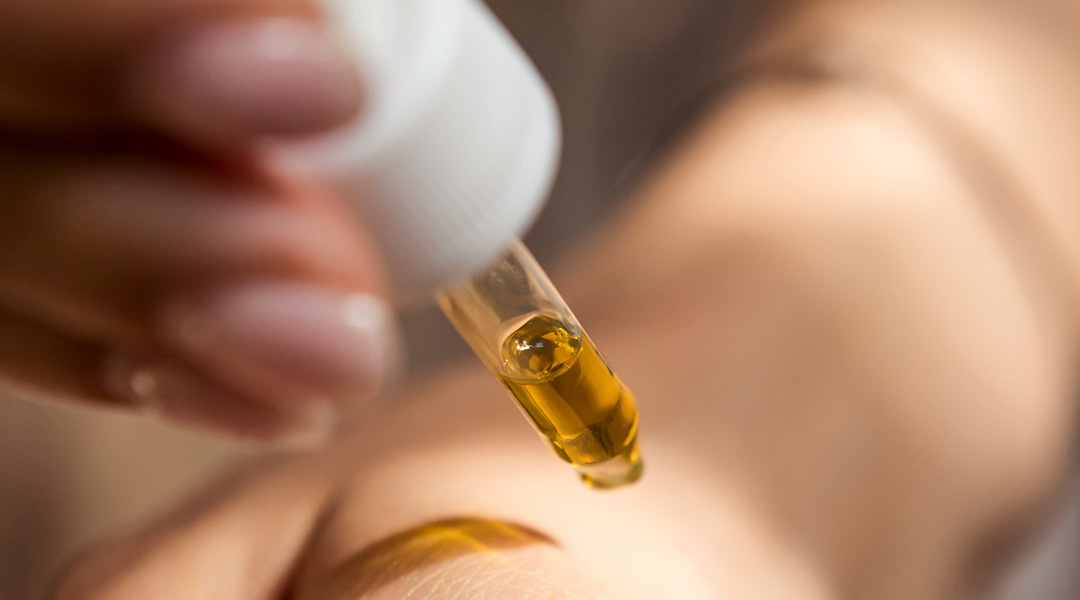
An active compound extracted from Angelica Acutiloba effectively eliminates harmful senescent cells in the dermis, with anti-aging benefits.
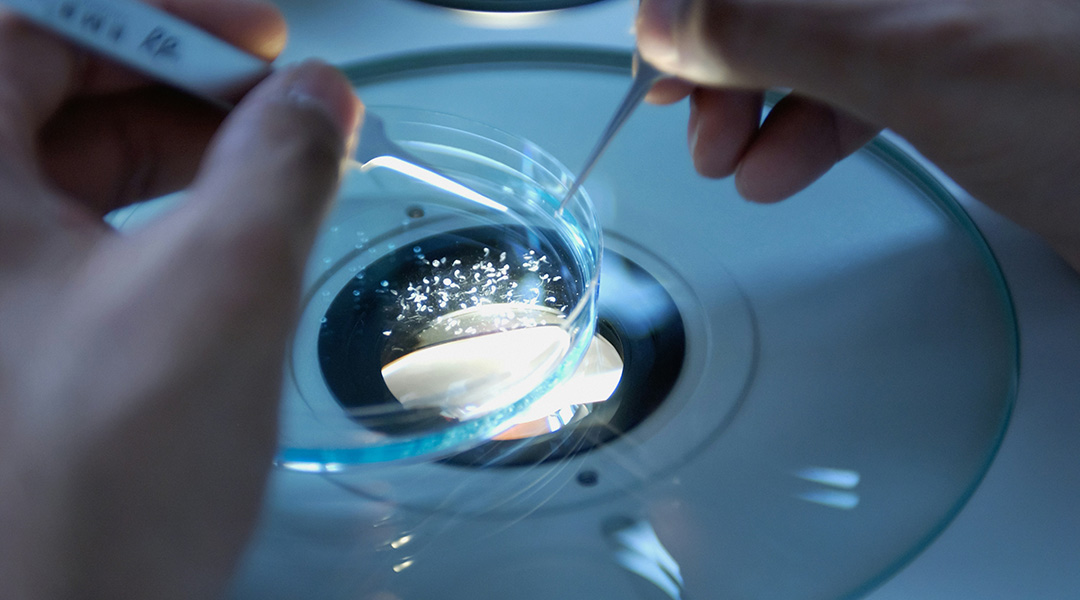
The new protocol identified microbes that standard techniques alone couldn’t, uncovering previously unknown bacterial strains in the process.
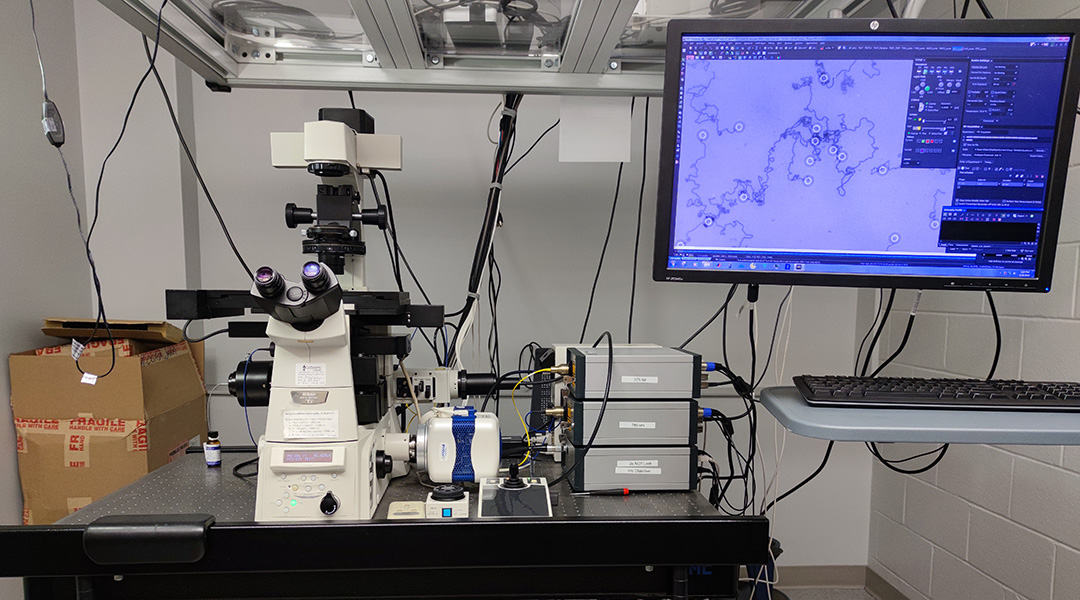
Scientists achieve threefold speed boost for DNA nanomotors and applied them to breakthrough virus detection for SARS-CoV-2 and RSV tests.
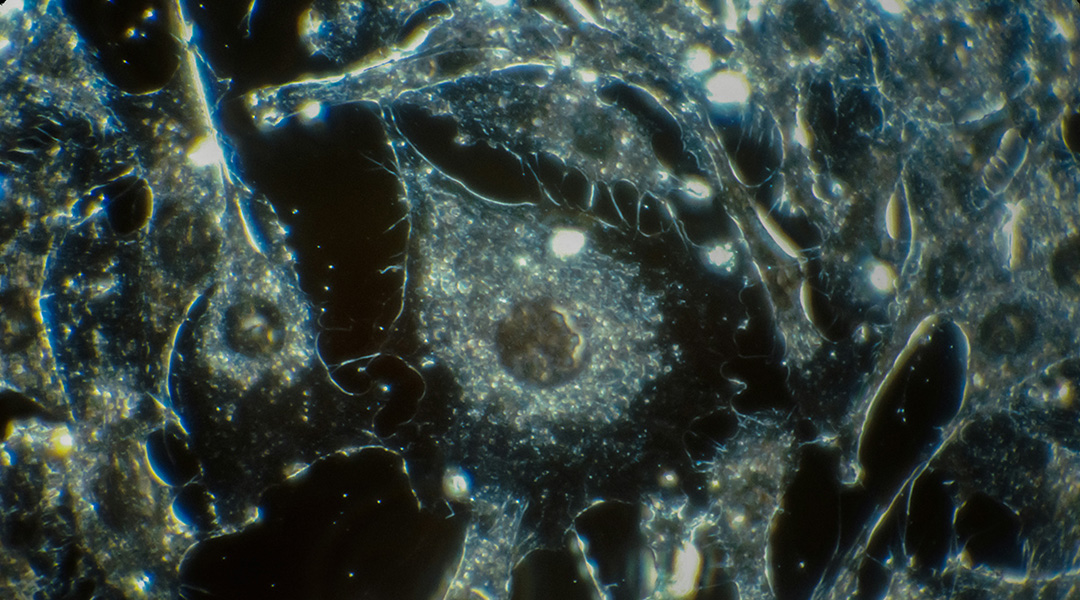
Mechanical therapy physically breaks down cancer cells and could help overcome the problem of treatment resistance.
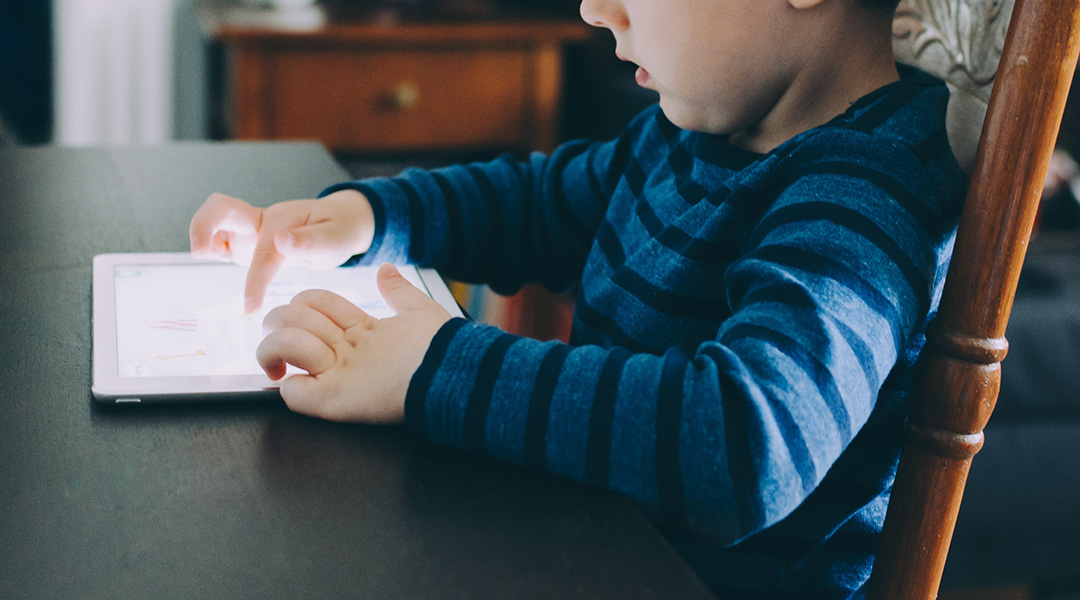
Researchers have found a trade-off with screen time and the cognition, behavior, and brains volume of adolescent and young children.
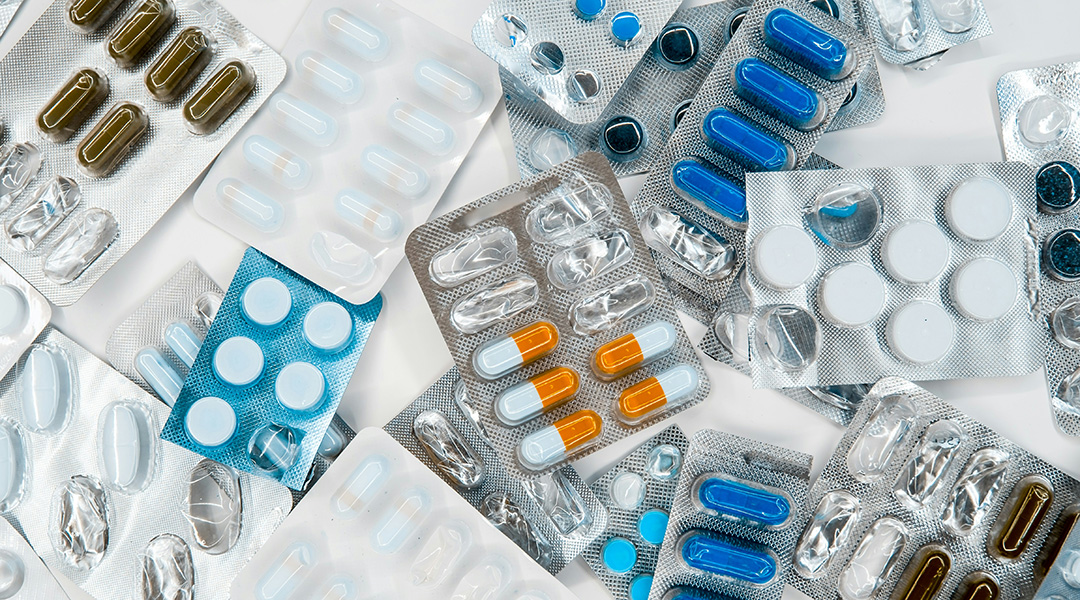
Experts argue a new approach is needed so that we are less reliant on antimicrobial drugs, where less use means less resistance.

High blood pressure can rapidly transform healthy arterial cells into inflammation-prone “foam cells” that pose an increased risk of cardiovascular-related issues.
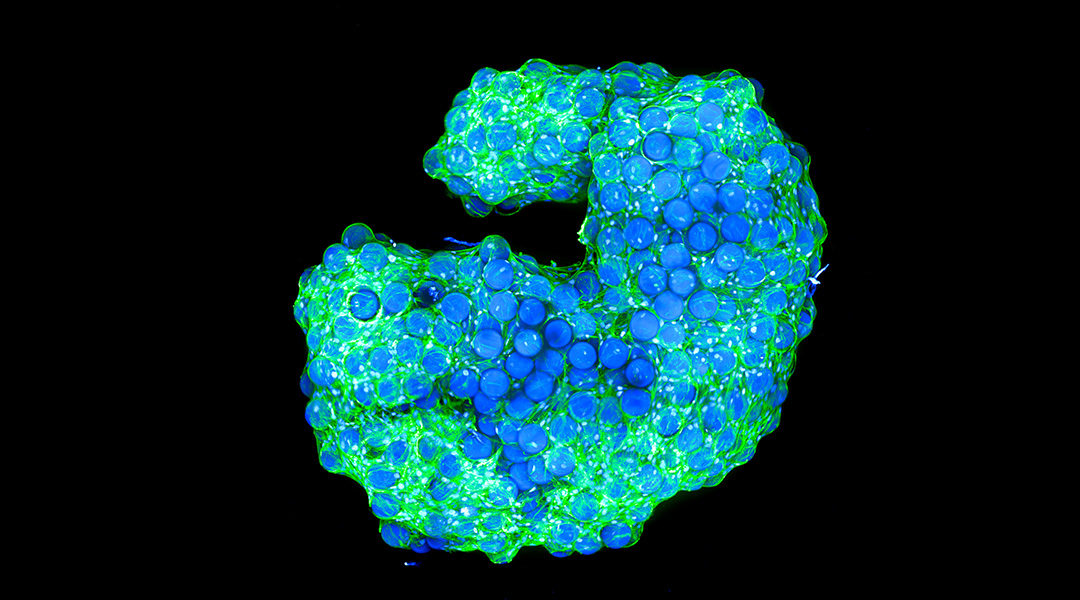
Scientists have created biological structures that when left alone, self-assemble into materials that resemble living tissue.
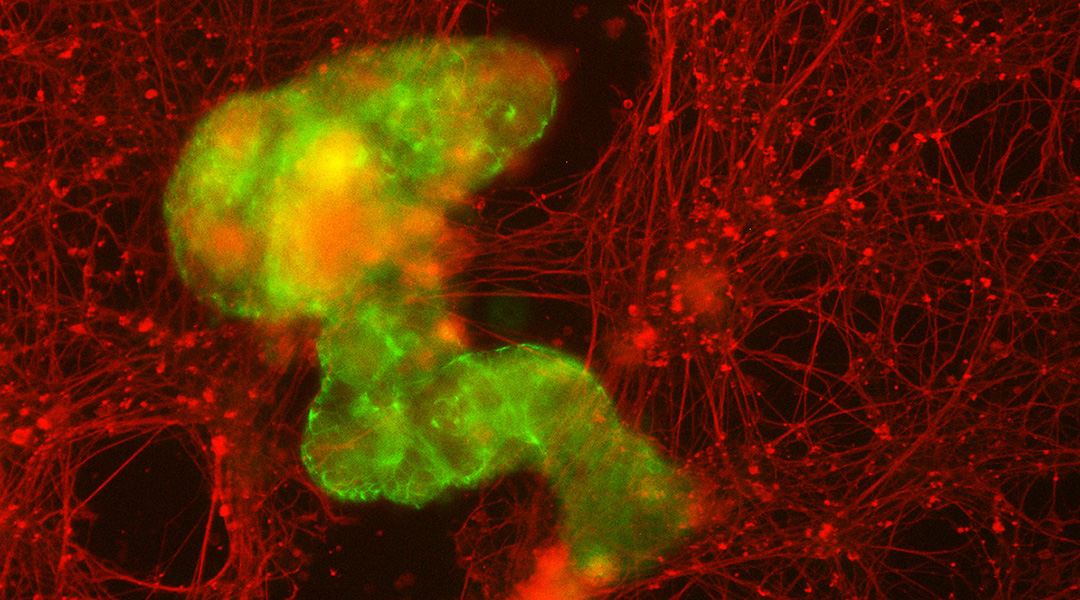
Microscopic robots made out of a patient’s own cells may be able to work inside the body to repair damage, scope out signs of disease, or fight off infections.